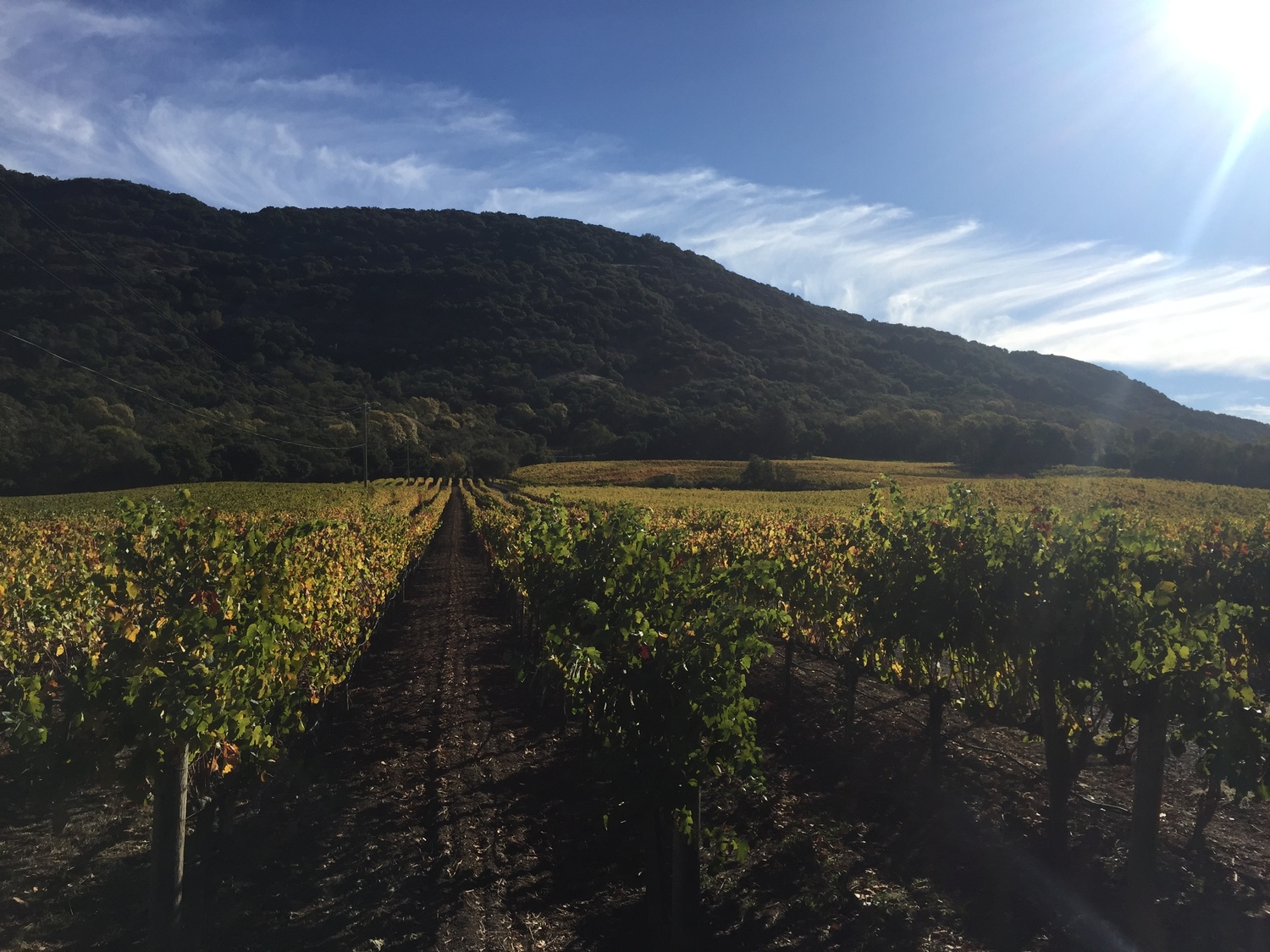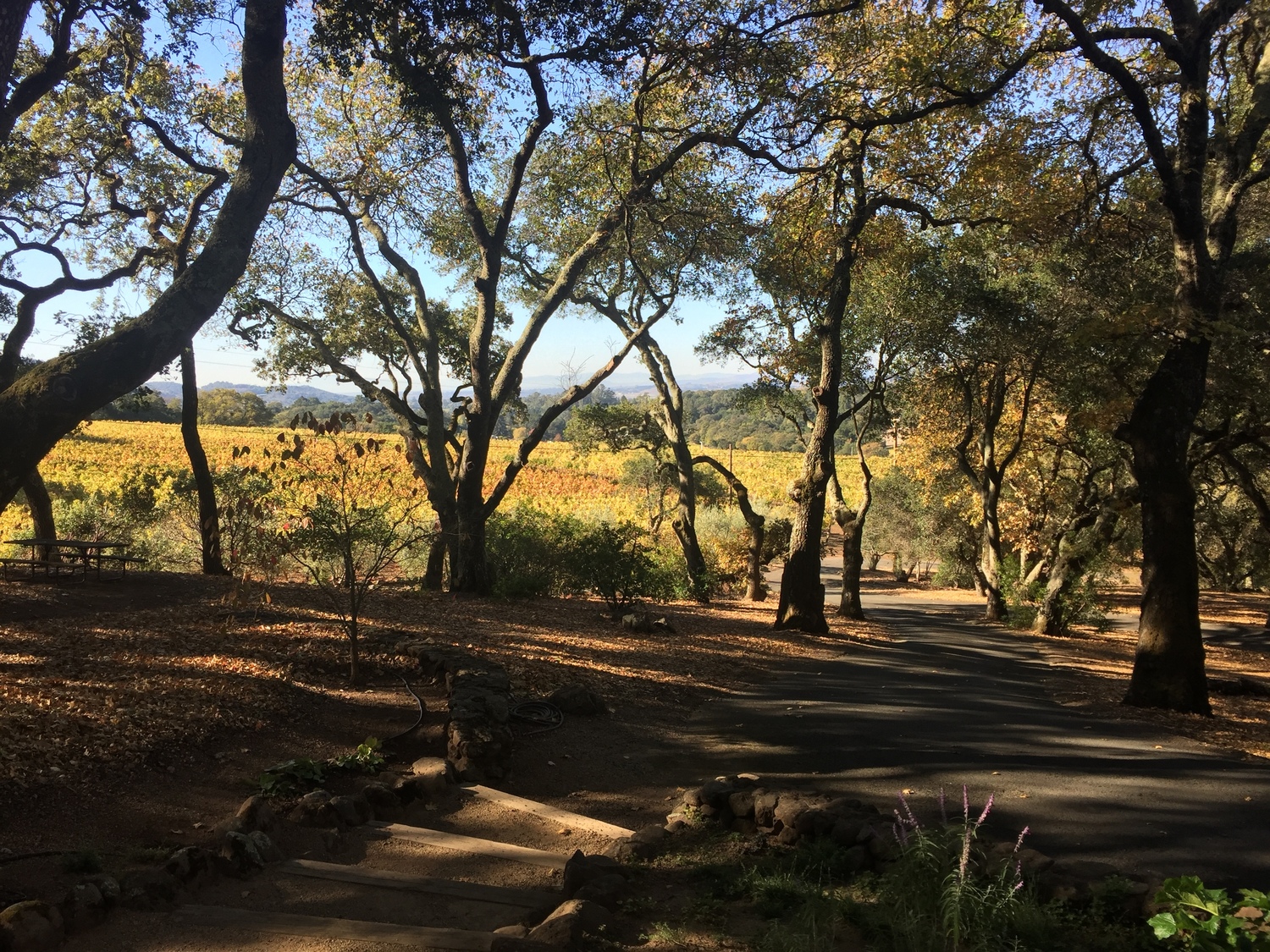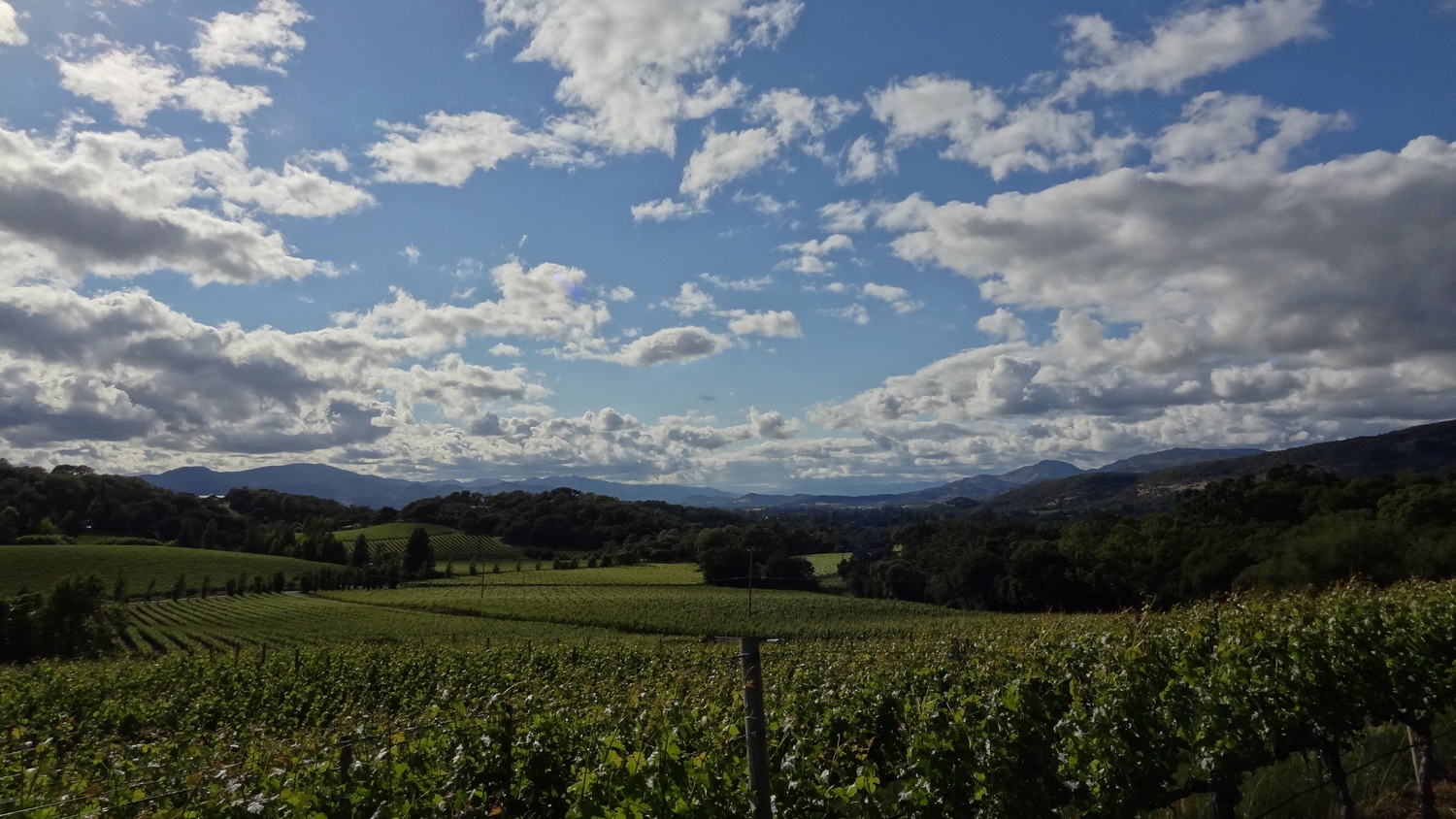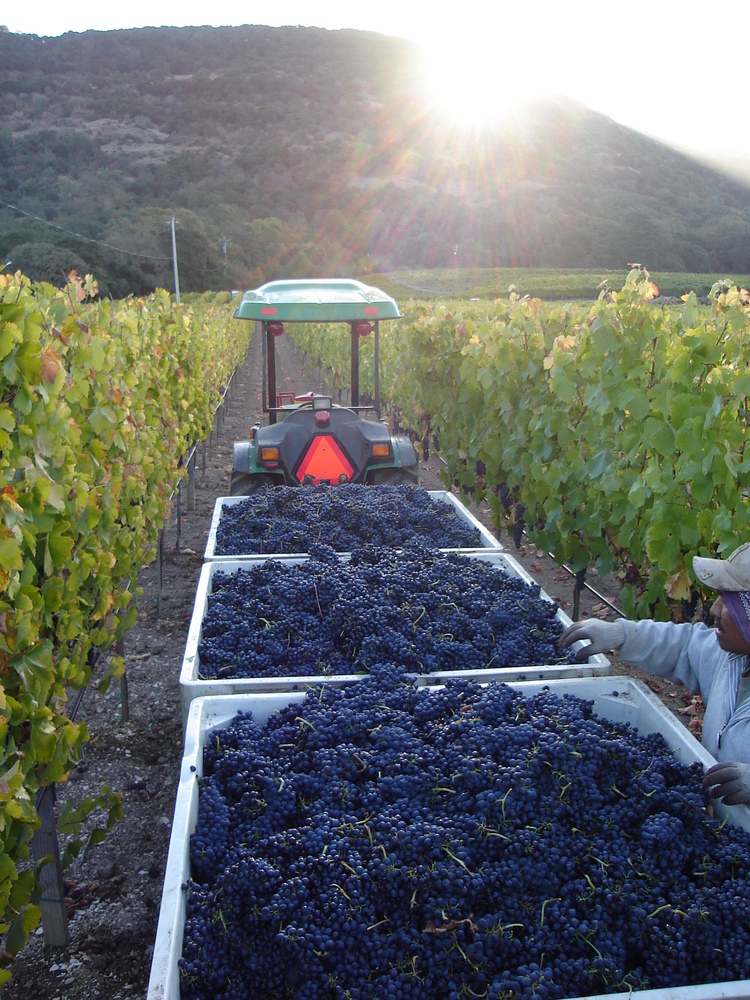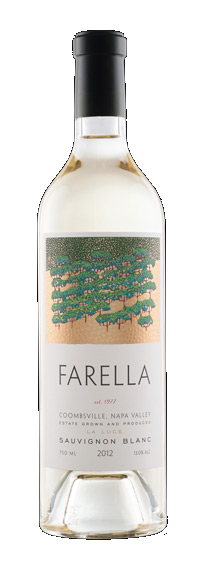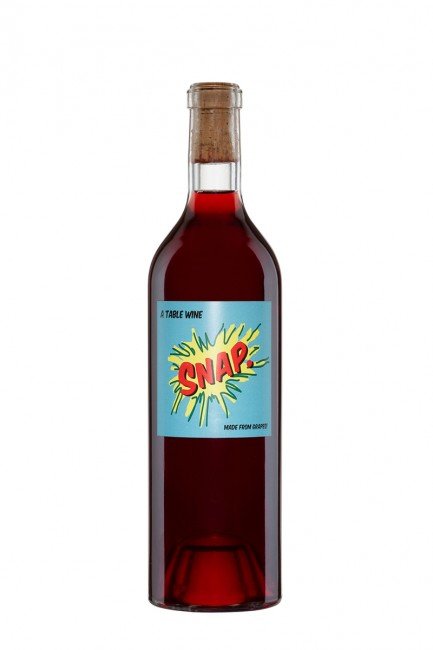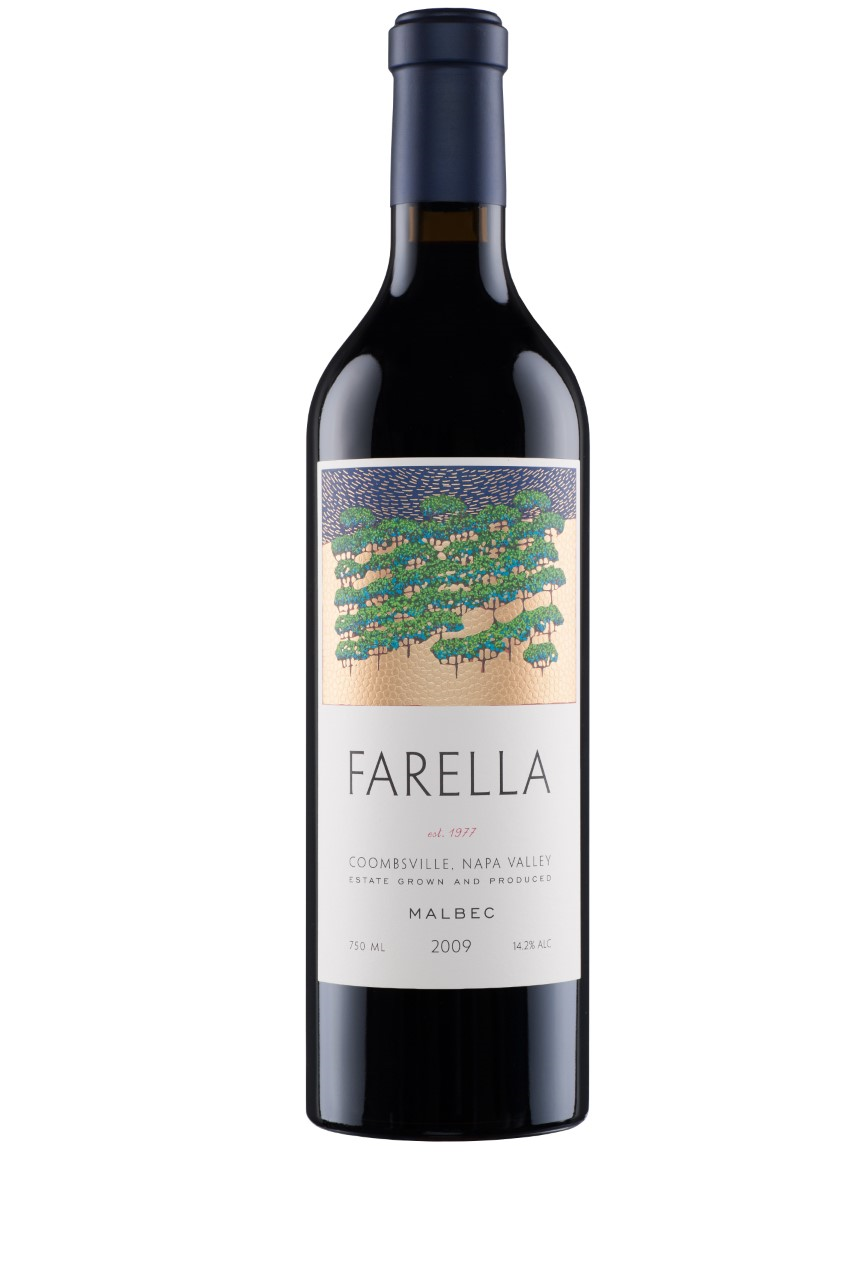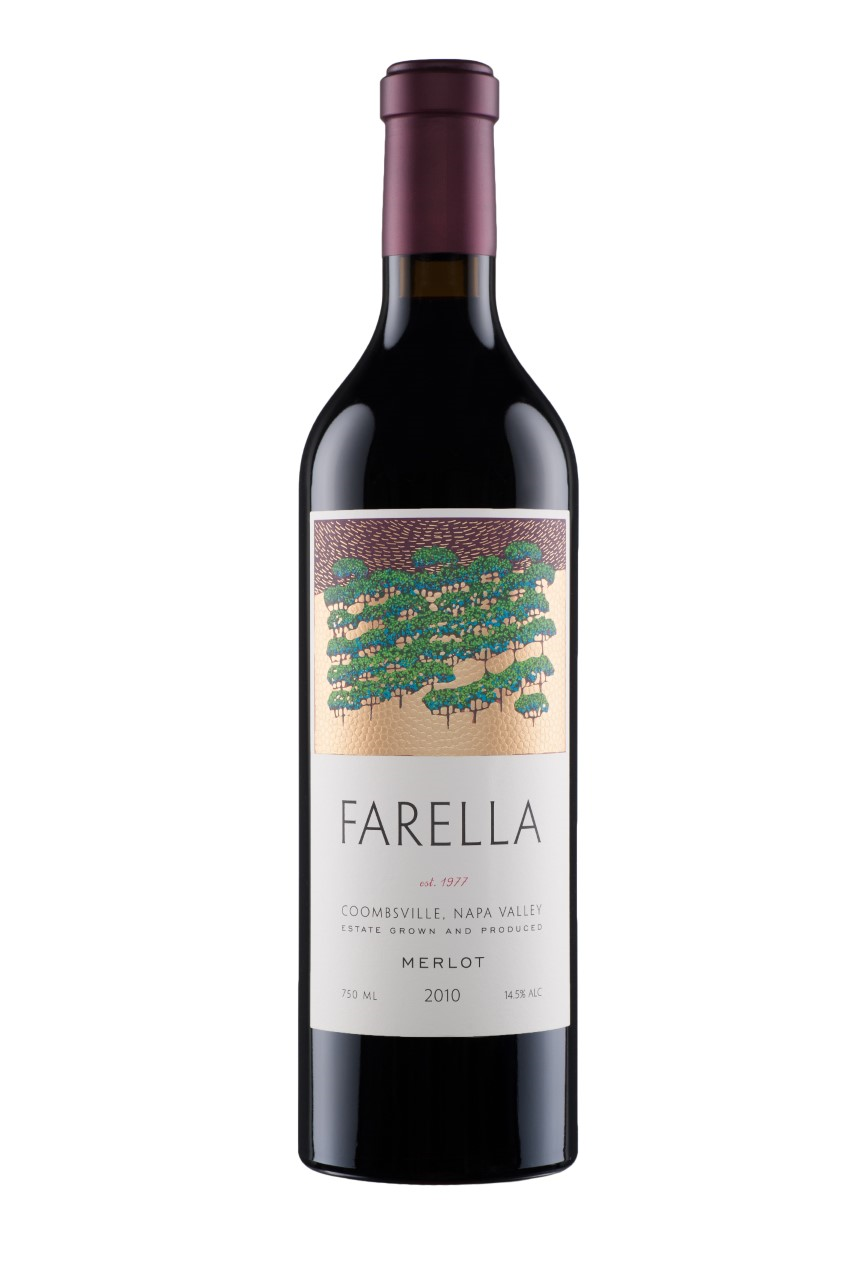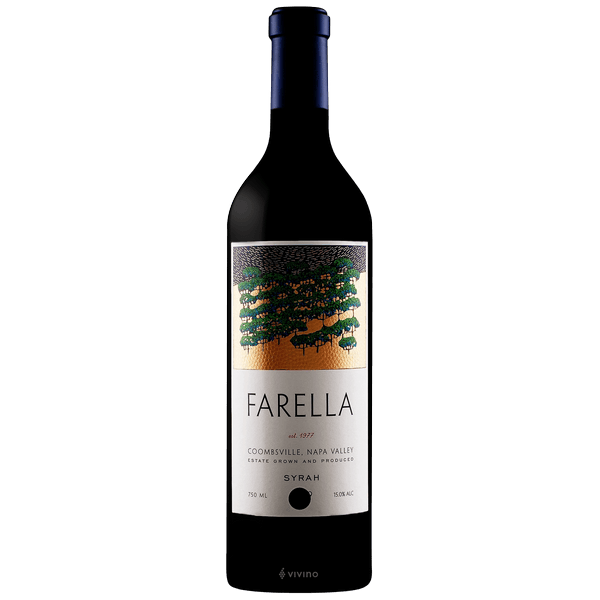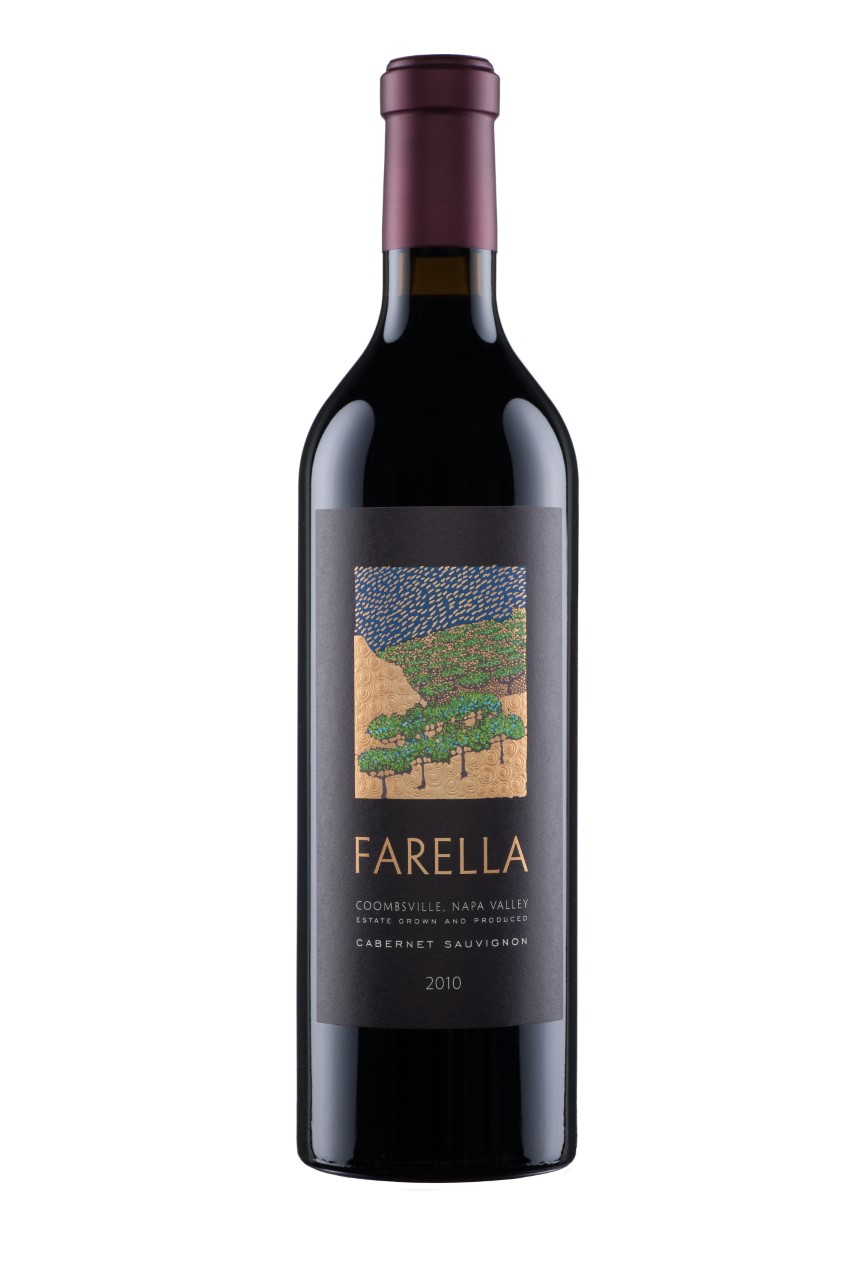Farella Vineyard was established in the mid-1970’s when Frank Farella purchased land in Coombsville, a few miles east of downtown Napa. In the decades that followed, Farella Vineyard has been synonymous with the identity of this part of Napa Valley. Frank’s son Tom Farella has been the winemaker and manager for many years and in fact was the driving force behind the establishment of the Coombsville AVA. Tom studied at UC Davis and earned his degree in Viticulture and Enology in 1983. His first winery stint after college was for Lou Preston at Preston Vineyards in the Dry Creek Valley in neighboring Sonoma County. He also gained valuable international perspective on wine making from time working at Domaine Jaques Prieur in Burgundy and Beaux-Frères in Oregon, before settling into his full-time role at his family’s winery in 1990.
The wines themselves are just the tip of a much larger iceberg: in addition to being an uncommonly talented winemaker, Tom Farella supplies grapes to many of Napa’s most prestigious names. Because his main business is as a grape farmer and his own wines represent a tiny fraction of his overall production, he is able to make wines to suit his own palate. Tom’s preferred style is miles away from the recent trend for confected fruit and alcohol levels pushing 16%, rather, his wines read as an update of the classical Napa style of the 1970s and 1980s, emphasizing freshness, balance and moderate alcohol levels.
Tom’s preference is for no-till farming and integrative pest management. He uses minimal sulfur and in general prefers low-intervention winemaking, but his education affords him a deep understanding of all the tools in the winemaker’s arsenal and he is not afraid to bring them to bear if the situation warrants.
Farella's winemaking goal is to create delicious wines that enhance any meal. The emphasis is on layers of complexity and wines worthy of aging. The Sauvignon Blanc is a light, refreshing wine that emulates the white wines of Northern Italy, aged in stainless steel without malolactic fermentation. This wine has been made since their first commercial vintage in 1985. The Merlot, normally blended with a portion of Cabernet Sauvignon, is a supple wine with intriguing berry/cassis fruit and spice character. In 1991, they added Cabernet Sauvignon as a varietal to produce a very rich, ample and complex wine styled for fans of classically balanced Napa Cabernet, with restrained fruit and judicious use of new oak (50% on average). These three wines comprise most of the very modest production of 1800-2000 cases, but rounding out the lineup are occasional releases of tiny amounts of Malbec (a delicious rarity in Napa) and his incredibly rare (65 cases) Alta, an old-fashioned blend of Cabernet and Merlot co-fermented in open wood vats. Tom also keeps library stock of wines going back to the 1990s that he can occasionally be persuaded to part with. Keep an eye out for these: if you blink, you’ll miss them!.

